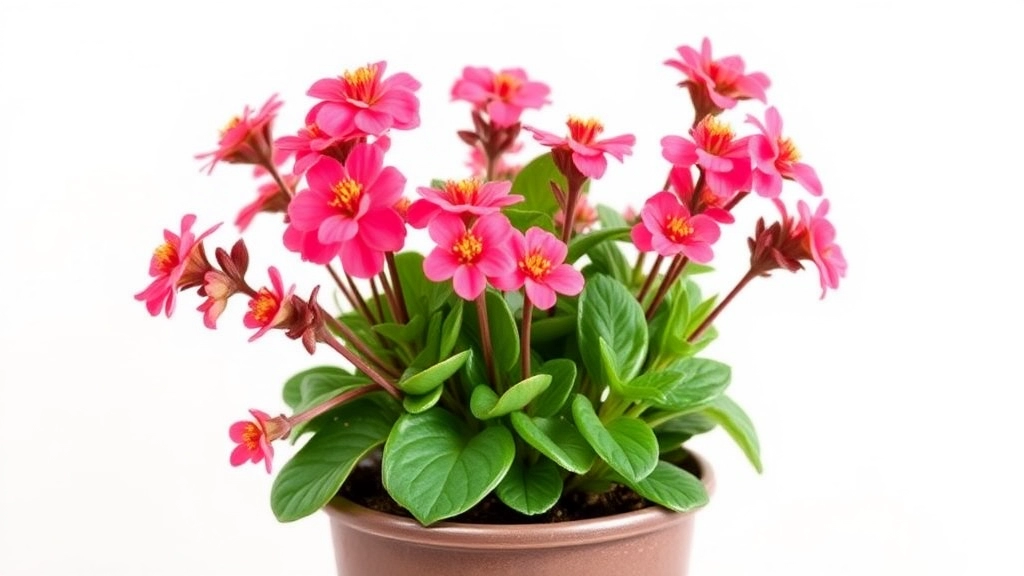Height Potential of Kalanchoe Copper Spoons
Ever wondered about the height potential of Kalanchoe Copper Spoons? This unique succulent, known for its striking copper-toned leaves, can grow up to 4 feet tall under optimal conditions. Whether you’re a hobbyist gardener or a landscape designer, understanding the factors that influence its growth can help you cultivate a thriving plant.
Light conditions, potting soil, and proper care play crucial roles in determining the height of your Kalanchoe Copper Spoons. Ensuring adequate sunlight and well-draining soil can significantly boost its growth. Dive in to learn more about how to maximise the height of this stunning succulent.
Maximum Growth Height of Kalanchoe Copper Spoons
Are you wondering how tall your Kalanchoe Copper Spoons can grow? Understanding the maximum growth height of this intriguing succulent is essential for any plant enthusiast.
Kalanchoe Copper Spoons typically reach a height of 30 to 45 cm (12 to 18 inches). However, several factors can influence this growth, making it possible for some plants to exceed these dimensions under optimal conditions.
Key Factors Influencing Growth Height
- Light Exposure: Adequate sunlight is crucial for robust growth.
- Watering Practices: Overwatering or underwatering can stunt growth.
- Soil Quality: Well-draining soil promotes healthier roots.
- Temperature: Optimal temperatures between 18°C to 24°C (65°F to 75°F) encourage taller growth.
In my experience, providing the right balance of these factors can lead to impressive height gains. For more detailed tips, check out our Kalanchoe Copper Spoons care guide. Additionally, if you’re interested in other unique varieties, explore the top Kalanchoe Mother of Thousands varieties.
Factors Affecting the Growth of Copper Spoons
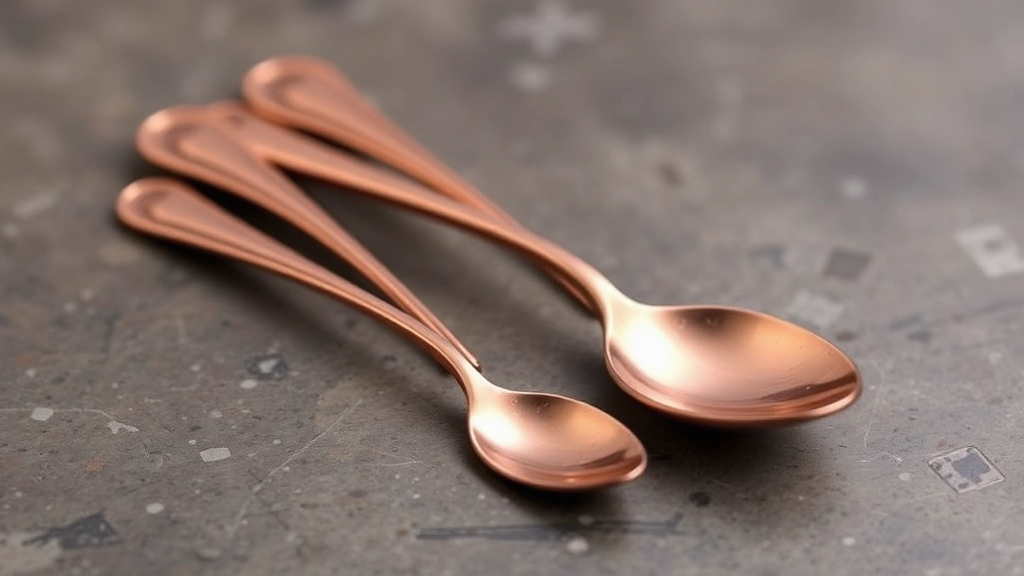
So, you’re keen to see your Kalanchoe Copper Spoons reach their full potential? Well, there are several factors that can influence their growth height, and understanding these can make all the difference.
Light Exposure
First off, light is a game-changer.
- Too little light? Your Copper Spoons might stretch and become leggy.
- Too much direct sunlight? They could scorch.
Finding that sweet spot is crucial.
Watering Habits
Next, let’s talk about watering.
- Overwatering can lead to root rot, stunting growth.
- Underwatering can cause the leaves to shrivel, affecting overall health.
Striking a balance here is key.
Temperature and Humidity
Temperature plays a big role too.
- Ideal range? Between 20-25°C (68-77°F).
- Too cold? Growth slows down.
- Too hot? They might not thrive.
Humidity levels matter as well. These plants prefer a drier environment, so keep that in mind.
Soil Quality
Don’t overlook the soil.
- A well-draining mix is essential.
- Look for something that allows air circulation to the roots.
Using a cactus or succulent mix can be a great start.
Fertilisation
Lastly, let’s chat about fertilisation.
- A balanced fertiliser during the growing season can boost growth.
- Just be careful not to overdo it; too much can harm your plant.
Ideal Light Conditions for Taller Growth
Are you wondering why your Kalanchoe Copper Spoons aren’t reaching their full height potential?
Light plays a crucial role in the growth of these unique succulents.
To encourage taller growth, it’s essential to provide the right light conditions.
Potting and Soil Requirements for Healthy Growth
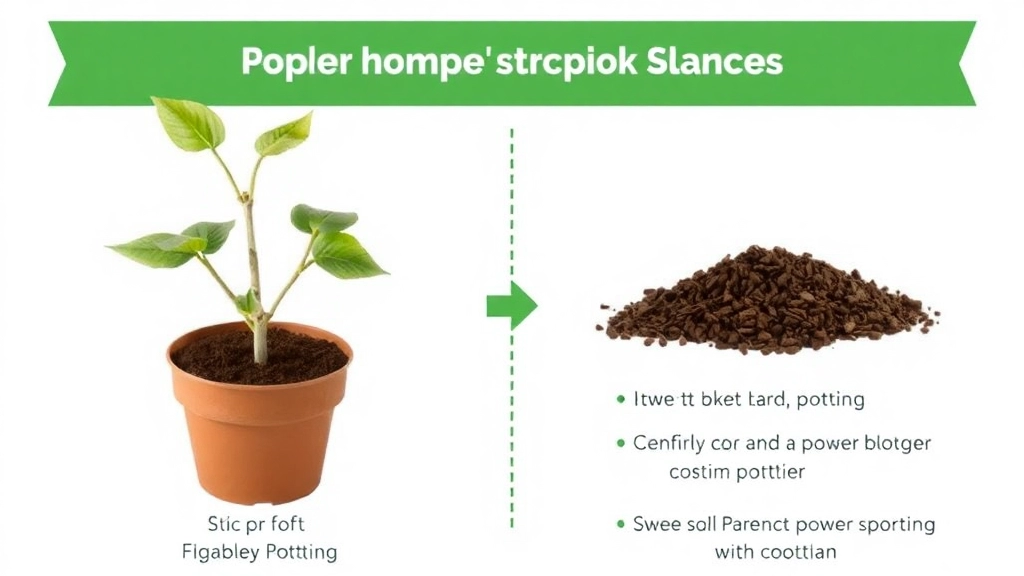
When it comes to ensuring your Kalanchoe Copper Spoons reach their maximum height, the right potting and soil conditions are vital. Many plant enthusiasts often wonder, “What type of soil will help my Copper Spoons thrive?” Here’s how to create the ideal environment for your plant.
Choosing the Right Pot
- Size Matters:
- Select a pot that is slightly larger than the root ball.
- A pot that is too big can lead to overwatering issues.
- Drainage is Key:
- Ensure the pot has drainage holes.
- This prevents water from pooling, which can cause root rot.
- Material Choice:
- Terracotta pots are excellent as they allow for air circulation.
- Plastic pots can retain moisture but may require more careful monitoring.
Soil Composition
Kalanchoe Copper Spoons thrive in well-draining soil. Here’s what to consider:
- Cactus Mix:
- A commercial cactus or succulent mix is ideal.
- These mixes are designed to drain quickly, preventing excess moisture.
- DIY Soil Mix:
- If you prefer a homemade mix, combine:
- 50% potting soil
- 25% perlite or pumice
- 25% coarse sand
- If you prefer a homemade mix, combine:
- pH Level:
- Aim for a slightly acidic to neutral pH (around 6.0 to 7.0).
- This ensures optimal nutrient absorption.
Additional Tips for Healthy Growth
- Repotting:
- Consider repotting every couple of years to refresh the soil and provide more space for growth.
- Fertilization:
- During the growing season, use a diluted succulent fertilizer to promote healthy development.
Pruning Techniques to Control Height
As we delve deeper into the growth of Kalanchoe Copper Spoons, you may wonder how to manage their height effectively. Pruning is an essential technique that can help you control the size of your plants while promoting healthier growth.
Why Pruning Matters
Pruning not only helps maintain the desired height but also encourages bushier growth. This is particularly important for Kalanchoe Copper Spoons, which can become leggy if not managed.
Key Pruning Techniques:
- Timing:
- The best time to prune is during the growing season, typically in spring or early summer. This allows the plant to recover quickly.
- Tools:
- Use clean, sharp scissors or pruning shears to make precise cuts. This reduces the risk of disease.
- How to Prune:
- Identify the stems that are longer than desired and cut them back to just above a leaf node.
- Remove any dead or damaged leaves to promote overall health.
- Pinch off the tips of the stems to encourage branching.
- Frequency:
- Regular pruning, about every 6-8 weeks during the growing season, helps maintain a compact shape.
By incorporating these techniques, you can effectively control the height of your Kalanchoe Copper Spoons while enhancing their overall appearance. For more detailed care tips, check out our Kalanchoe Copper Spoons Care Guide. Additionally, if you’re interested in propagating your plant, our Complete Guide to Propagating Kalanchoe can be a valuable resource.
Common Problems That Affect the Height of Copper Spoons
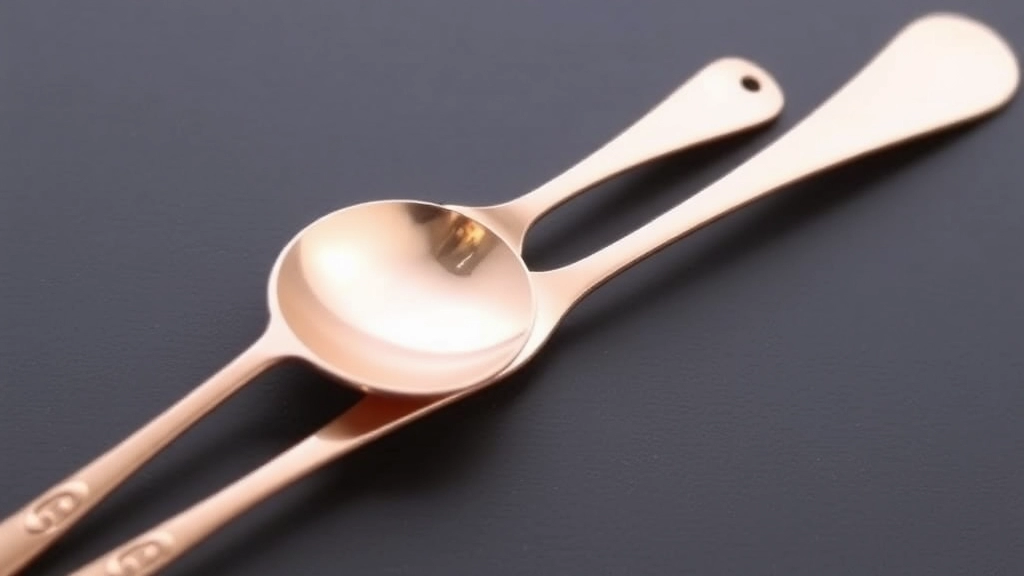
So, you’ve got your Kalanchoe Copper Spoons all set up, but why aren’t they reaching for the sky? It’s a common concern for plant enthusiasts, and trust me, you’re not alone in this. There are several issues that can stunt the growth of these beautiful succulents.
1. Insufficient Light
Copper Spoons thrive in bright, indirect sunlight. If they’re not getting enough light, they can become leggy and weak.
- Solution: Move them to a brighter spot or consider adding a grow light if natural light is lacking.
2. Overwatering
This is a classic mistake. Too much water can lead to root rot, which is a surefire way to keep your Copper Spoons short and sad.
- Solution: Allow the soil to dry out completely between waterings. Stick your finger in the soil—if it’s dry an inch down, it’s time to water.
3. Poor Soil Quality
Using the wrong type of soil can hinder growth. Copper Spoons need well-draining soil to thrive.
- Solution: Use a cactus or succulent mix that promotes drainage. You can also mix in some perlite for extra aeration.
4. Nutrient Deficiency
If your Copper Spoons aren’t getting the nutrients they need, they might struggle to grow tall.
- Solution: Feed them with a balanced, diluted succulent fertilizer during the growing season, usually spring and summer.
5. Pests
Pests like mealybugs or aphids can sap the strength from your plants, leaving them stunted.
- Solution: Regularly inspect your plants and use neem oil or insecticidal soap if you spot any unwanted visitors.
6. Temperature Extremes
Copper Spoons prefer a stable environment. Extreme heat or cold can stunt their growth.
- Solution: Keep them in a temperature range of 20-25°C (68-77°F) and avoid placing them near drafts or heat sources.
Propagation Methods to Enhance Plant Size
As we explore ways to maximise the growth potential of Kalanchoe Copper Spoons, propagation methods can play a crucial role. Many plant enthusiasts often wonder how they can effectively propagate their Copper Spoons to encourage larger, healthier specimens.
Indoor vs. Outdoor Growth Potential
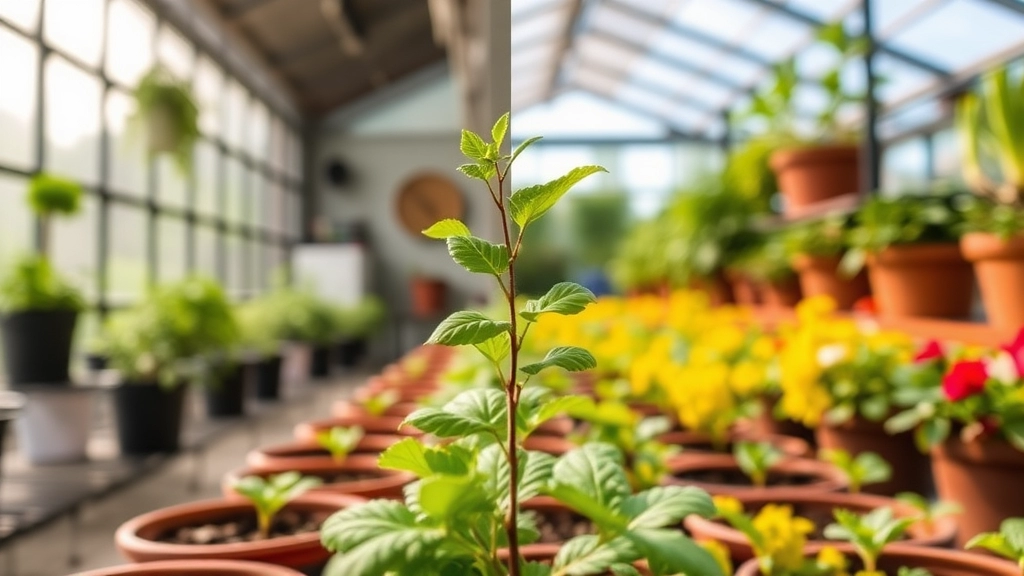
Have you ever wondered whether your Kalanchoe Copper Spoons would thrive better indoors or outdoors?
It’s a common dilemma for plant enthusiasts.
Both environments have their perks, but they also come with challenges that can affect the growth height of your Copper Spoons.
Indoor Growth Potential:
- Controlled Environment: Indoors, you can control the temperature and humidity, which is great for consistent growth.
- Light Levels: Natural light can be limited, so consider supplementing with grow lights.
- Space Constraints: Indoor plants might not reach their maximum height due to limited space.
- Pest Control: Fewer pests indoors can mean healthier plants.
Outdoor Growth Potential:
- Natural Light: Outdoor plants bask in full sunlight, which can lead to taller growth.
- Soil Quality: The right outdoor soil can provide essential nutrients that promote height.
- Space to Spread: Outdoors, your Copper Spoons have room to grow, potentially reaching their maximum height.
- Weather Challenges: Keep in mind that outdoor plants face weather extremes that can stunt growth.
Key Takeaways:
- Indoor: Controlled environment, but light and space can limit height.
- Outdoor: More natural light and space for growth, but weather can pose risks.
Seasonal Care Tips to Maximize Height of Kalanchoe Copper Spoons
As we delve deeper into the seasonal care of Kalanchoe Copper Spoons, it’s crucial to understand how different times of the year can significantly influence their growth. Are you wondering how to ensure your Copper Spoons reach their maximum height? Let’s explore some effective seasonal care tips.
Spring: The Season of Growth
Spring is the prime time for Kalanchoe Copper Spoons to thrive.
- Increase Watering: As temperatures rise, increase watering frequency. Ensure the soil dries out between waterings to prevent root rot.
- Fertilize: Use a balanced, water-soluble fertilizer every four to six weeks to provide essential nutrients.
- Repotting: If your plant has outgrown its pot, consider repotting into a slightly larger container to encourage further growth.
Summer: Optimal Light and Care
During summer, your Copper Spoons will benefit from abundant sunlight.
- Positioning: Ensure your plant receives at least 6 hours of bright, indirect sunlight daily.
- Monitor Temperature: Keep an eye on temperatures. If it gets too hot, consider moving them to a slightly shaded area to prevent stress.
Autumn: Preparing for Dormancy
As autumn approaches, it’s time to prepare your plant for the cooler months.
- Reduce Watering: Gradually decrease watering as the plant enters dormancy. This will help prevent overwatering.
- Assess Light Conditions: Ensure they still receive adequate light, but avoid direct harsh sunlight.
Winter: Minimal Care
In winter, Kalanchoe Copper Spoons will require minimal care.
FAQs on Kalanchoe Copper Spoons Height
What factors influence the growth height of Kalanchoe Copper Spoons?
Several factors affect their growth height, including light exposure, watering habits, temperature, humidity, soil quality, and fertilization. Understanding and optimizing these factors can help your plant reach its full potential.
How much light do Kalanchoe Copper Spoons need?
They thrive in bright, indirect sunlight. Too little light can cause them to become leggy, while too much direct sunlight can scorch the leaves. Finding the right balance is crucial.
What are the ideal watering habits for Kalanchoe Copper Spoons?
Overwatering can lead to root rot and stunted growth, while underwatering can cause the leaves to shrivel. It’s essential to strike a balance and let the soil dry out between waterings.
What temperature and humidity levels are best for Kalanchoe Copper Spoons?
They prefer temperatures between 20-25°C (68-77°F) and a drier environment. Too cold or too hot conditions can slow down their growth.
What type of soil is best for Kalanchoe Copper Spoons?
A well-draining soil mix, such as a commercial cactus or succulent mix, is ideal. This type of soil prevents excess moisture and allows air circulation to the roots.
How often should I fertilize my Kalanchoe Copper Spoons?
Use a balanced fertilizer during the growing season to boost growth. However, be careful not to over-fertilize, as it can harm the plant.
What type of pot should I use for Kalanchoe Copper Spoons?
Choose a pot that is slightly larger than the root ball and has drainage holes. Terracotta pots are excellent for air circulation, while plastic pots retain moisture and may require more careful monitoring.
Why is my Kalanchoe Copper Spoons not growing tall?
Common issues include insufficient light, overwatering, poor soil quality, nutrient deficiency, pests, and temperature extremes. Addressing these problems can help your plant grow taller.
Can Kalanchoe Copper Spoons grow better indoors or outdoors?
Both environments have their advantages and challenges. Indoors, you can control temperature and humidity but may face light and space limitations. Outdoors, they benefit from natural light and more space but are exposed to weather extremes.
How can I prevent pests from affecting my Kalanchoe Copper Spoons?
Regularly inspect your plants and use neem oil or insecticidal soap if you spot pests like mealybugs or aphids. Keeping a clean environment can also help prevent infestations.
Should I repot my Kalanchoe Copper Spoons, and how often?
Consider repotting every couple of years to refresh the soil and provide more space for growth. This helps maintain the plant’s health and promotes better growth.
References
-
Light Exposure for Kalanchoe Copper Spoons
-
Watering Habits for Succulents
-
Soil Quality and Plant Growth
